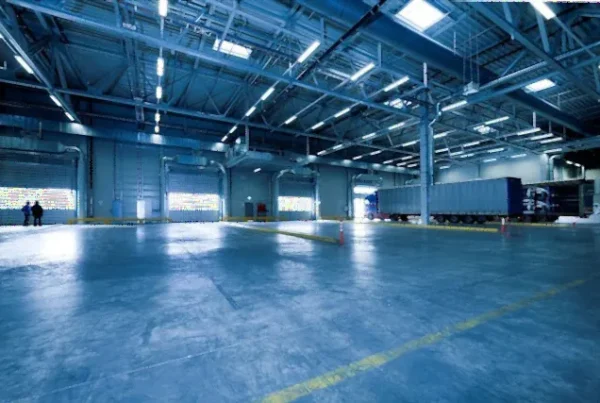What are cold storage facilities used for?
With cold storage and refrigerated transportation currently experiencing a period of unprecedented growth, it’s not surprising that the demand for cold storage facilities is booming. As many businesses are becoming increasingly aware of their need for cold storage, it’s time to delve more deeply into the details of cold storage facilities and what they’re actually used for.
What do we mean by cold storage?
Cold storage isn’t a “one size fits all” solution. Depending on what’s being stored or transported, different cold storage facilities will have different maintenance, construction, and temperatures.
Medical supplies and industrial storage require deep freezing to ensure their absolute integrity. Temperatures in these warehouses can get below -22°F.
Frozen foods like ice cream require low-temperature freezer warehouses. The minimum temperature for something to be classified as a deep freeze is 0°F.
Meats and seafood require medium temperature warehouses between 14°F and 0°F.
Fresh produce like fruit and vegetables require high-temperature refrigerated warehouses, often referred to as cold rooms or chillers. These are kept between 23°F and 41°F for medium-term storage of up to a few weeks and between 35°F and 54°F for short-term storage of consumables that will be used within a few days.
Who needs cold storage?
Cold storage requirements will vary depending on the end user. The most common need for cold storage is from third-party logistics providers, who will store or ship goods on behalf of a producer. These providers use dedicated cold storage warehouses with the capacity for storing products in bulk at a range of different temperatures.
Other businesses in need of cold storage solutions include manufacturers with on-site cold storage facilities. These facilities will be smaller than those of third-party providers and should be custom-built by experienced cold storage builders to suit the manufacturer’s specific needs.
End users like supermarkets, restaurants, and hospitals are also in need of freezers and refrigerators to store temperature-sensitive products. Cold storage in these instances needs to be reliable and accessible above all.
What are some important considerations when using cold storage?
As well as temperature and user requirements, there are important considerations to keep in mind during cold storage construction.
Type of cold storage will depend on what you need the facility to do. The most basic and cost-effective option is often the refrigerated container, or its larger alternative, the cold room. These are appropriate for most types of cold storage and are ideal when mobility and flexibility are key. Your cold storage builder can talk you through ready-made and custom cold storage options.
Space configuration must take into account the flow of traffic through your facility while allowing ease of access and maintaining proper airflow and temperature regulation.
Energy efficiency is key, particularly in warm climates like California. High-quality doors and insulation like those provided by Hansen Cold Storage Construction can limit exposure to outside elements and ensure that businesses aren’t losing money from temperature leakage.
Logistical factors like appropriate labeling, electronic devices, protective gear, and radio and wireless signals all need to be accounted for when designing and constructing your cold storage facilities.
Cold storage for your business
Businesses in need of cold storage rely on experienced cold storage construction builders like Hansen Cold Storage Construction to guide them through designing, building, and installing cold storage solutions that are efficient, reliable, and designed with the user in mind. With over 30 years’ experience, Hansen is the premier cold storage construction company servicing businesses across the United States. If you’re curious about what Hansen can do for your company, why not ask them today?


